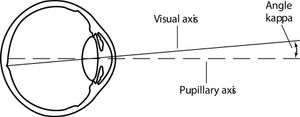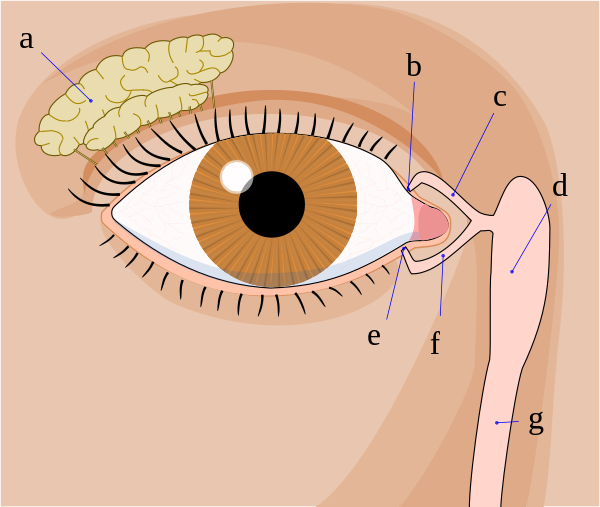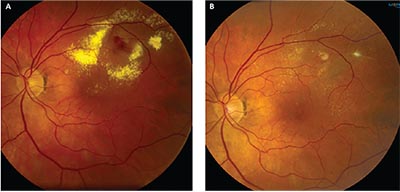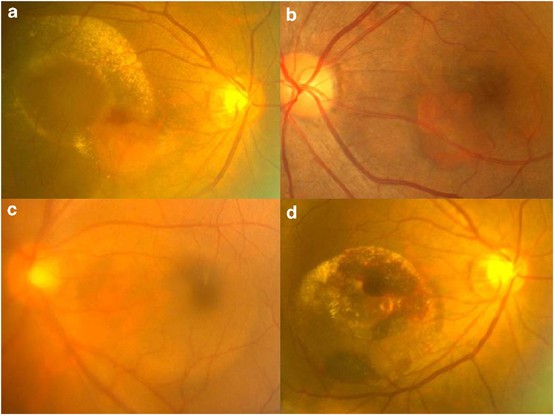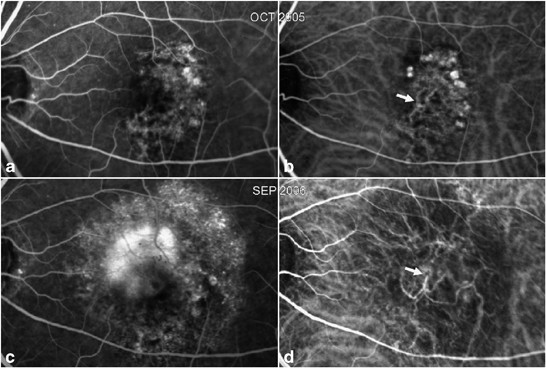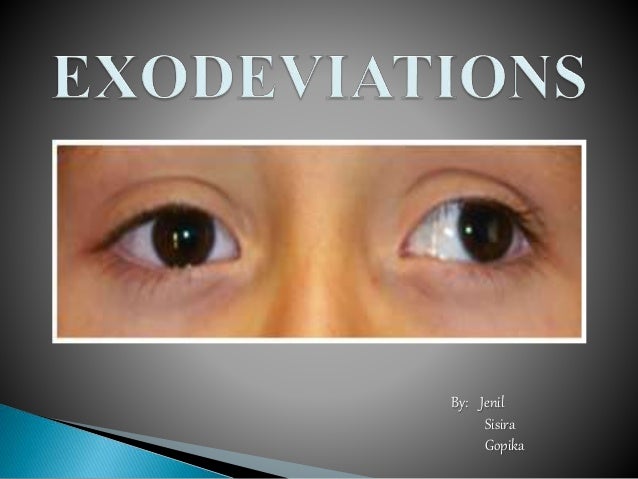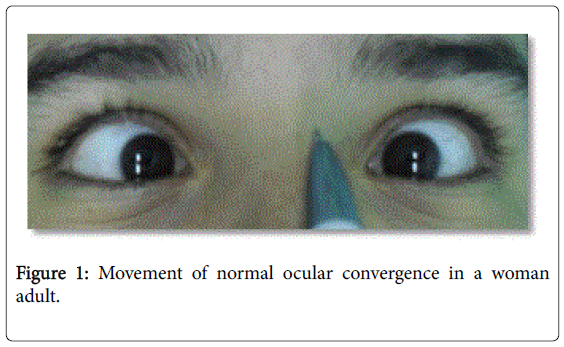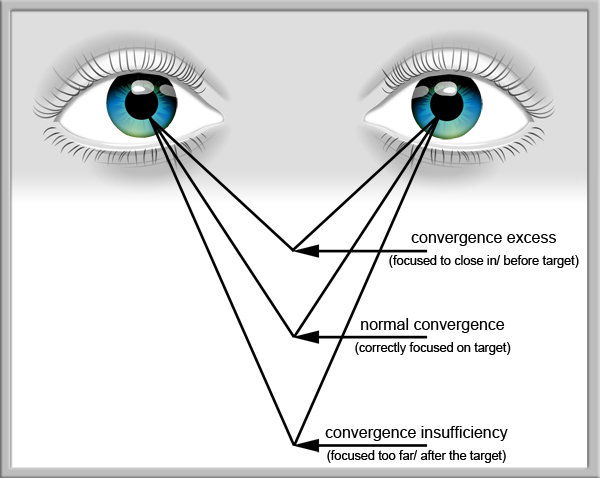tropical disease:malaria, leishmaniasis, schistosomiasis, onchocerciasis, filariasis, chagas, trypanosomiasis, dengue
ASTMH american society of tropical medicine and hygiene
Eradication: zero disease globally
Elimination: zero case in a defined geographic area
NEJM 2013: disease eradication
Guinea worm eradication program:dog, chimpamzee
MDA Mass drug administration
APOC african programme for onchocerciasis control
Global fund : HIV TB malaria
Clinton Health Access Initiatice CHAI
Gates foundation
GSK malaria vaccine
Wuchereria bancrofti
brugia malayi
brugia timoria
masonella ozzardi
masonella perstans
loa loa:west africa
ochocerca volvuvus
mansonella streptocrca
rhodnius prolixus
tsetse fly
microfilariasis, oviparous
culex quinquefasciatus 南方家蚊
Melanization and excapsulation response
Productio of AMPs
inflmmatory acute stage filariasis
lymphoedema
filarial fever
tropical pulmonary eosinophilia TPE
high IgE, no circulating microfilaria, high eosinophilia
elphantiasis
chyluria
initial acute response, granulomatous reaction(release endo-cytoplasmic bacteria)
daytime occult filariais: malayi, bancrofti
night time good for culex quinquefasciatus (10pm-4am)
diural perodic form: loa loa
Ag detection
molecular diagnosis
Ab detection: not recommended due to cross reactivity
DEC diethylcarbamazine, Hetrazan
Ivermectin: paralyzed microfilaria
albendazole
doxycycline
community based ivermectin or DEC
vector control
GPELF: global programme to eliminate lymphatic filariasis, eliminate filiariasis by 2020
loa loa african eye worm, mango fly chrysops
loa loa:west africa
ochocerca volvuvus
mansonella streptocrca
chrysops silicea, chrysops dimidiata
loa loa, calabar swelling, upper limb swelling
Rapid assessment procedure for loa loa
prophylaxis DEC 300mg/week
treatment DEC 2mg/kg for 21 days(fatal encephalitis, renal lesion); ivermectin
prevention, prophylaxis, community-based control using albendazole have been tried with limited success
river blindness, 2nd commonest filarial infection; onchocerca volvulus; black fly(small)
leuckart(receive sample from Mason)
daytime feeder
high water speed, more ozygen; attach on grass or rock
sowda(seen in sudan and Yemen), darkened skin; edema, thickening of dermis
kidney, lung, liver, other organs
*onchocercomata*
africa: lower trunk and limbs
central america: head thorax neck
erysipela de la costa: face
down regulate Th-1 type mmune response
symbiotic wolbachia
nodding syndrome: neurological disorder in Uganda and its neiboring conuntry, long-term mental disabilities
Mazzotti test, 50mg DEC
Patch test
ivermectin, DEC, doxycycline followed by ivermectin, target wolbachia
malaria: artemisin+quinine










